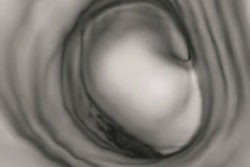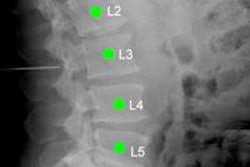Multiparametric quantitative MRI is a longstanding area of MRI research, and over the years several approaches have been used to create proton density and magnetic susceptibility maps of the brain.
In this study, Naples-based researchers from the National Research Council and the Institute of Biostructure and Bioimaging used steady-state sequences in MRI acquired with variable flip angles and different phase coherence to derive quantitative volumetric maps.
"Using 3D steady-state MRI sequences, a fast and high-resolution quantitative mapping of five different parameters of the brain was obtained," wrote lead author Giuseppe Palma, PhD, in an email to AuntMinnie.com.
The researchers' approach overcomes the usual 2D resolution constraints by relying entirely on 3D sequences. The maps obtained are not affected by intravoxel biases that arise from imperfect 2D radiofrequency pulse profiles. The technique is also unique in its insensitivity to relatively long T2 fluids such as cerebrospinal fluid, enabling its potential use in other anatomic regions.
Finally, the method eliminates inhomogeneity and enables the quantitation of five different parameters, according to the authors.



















